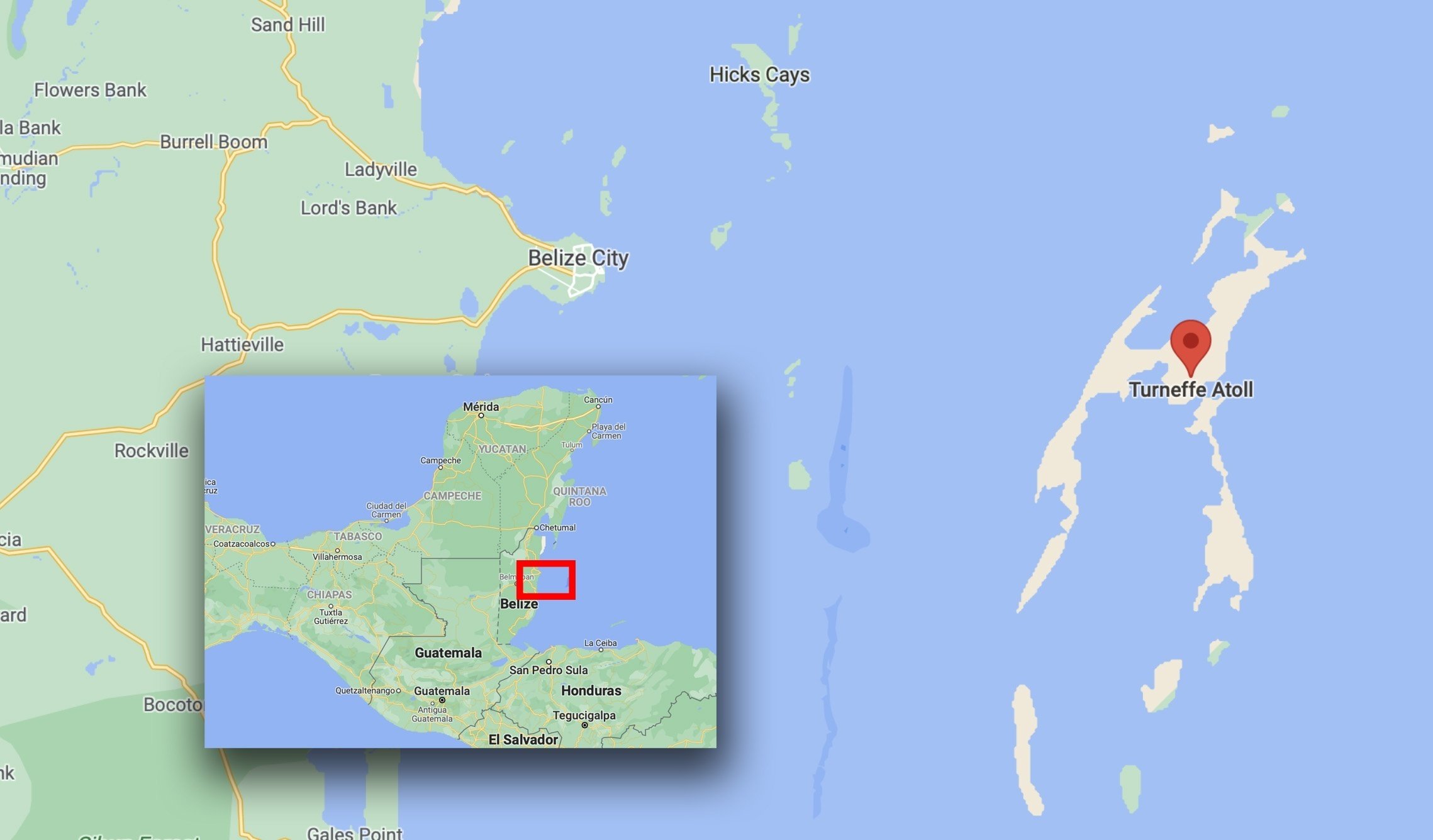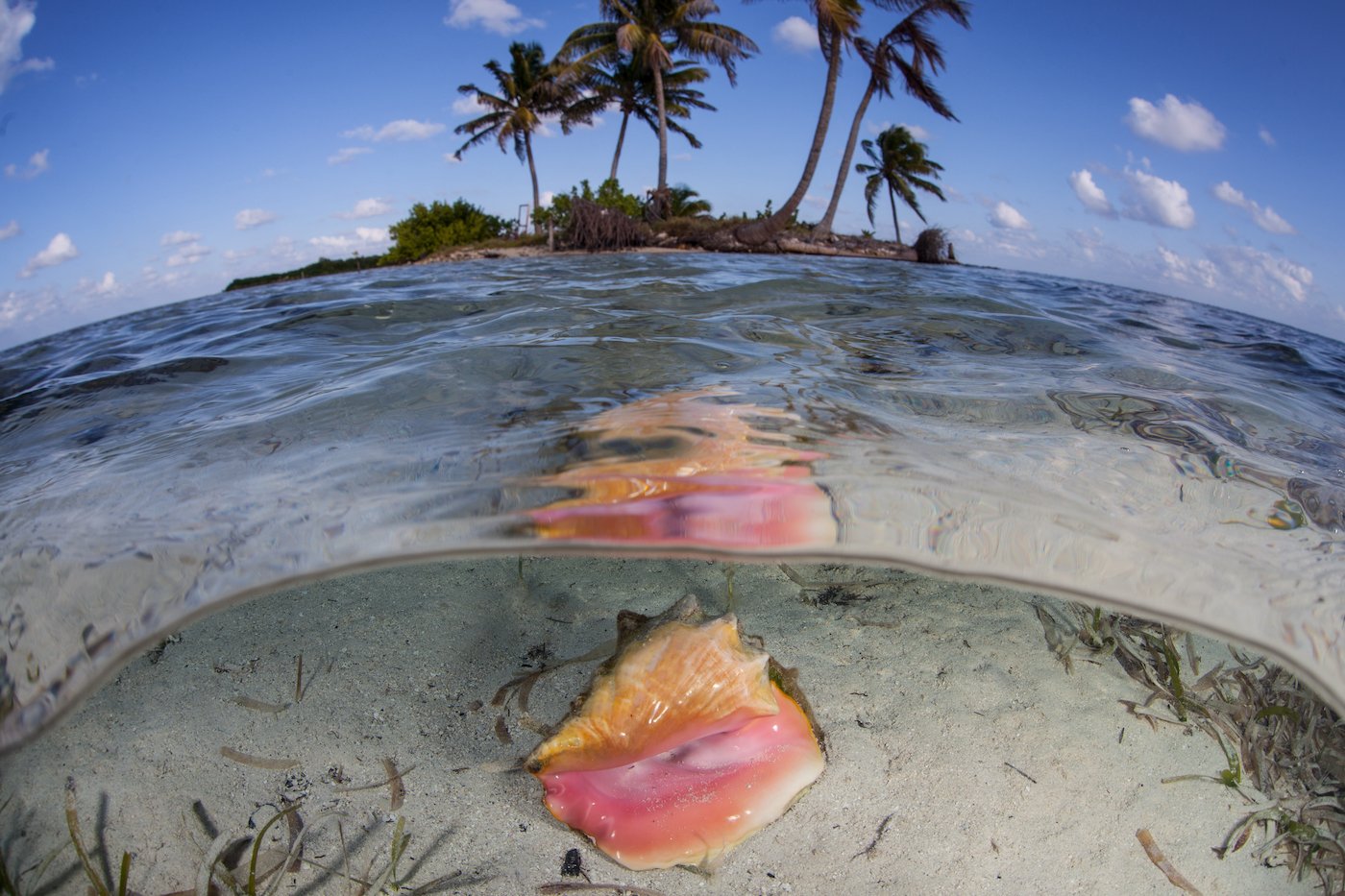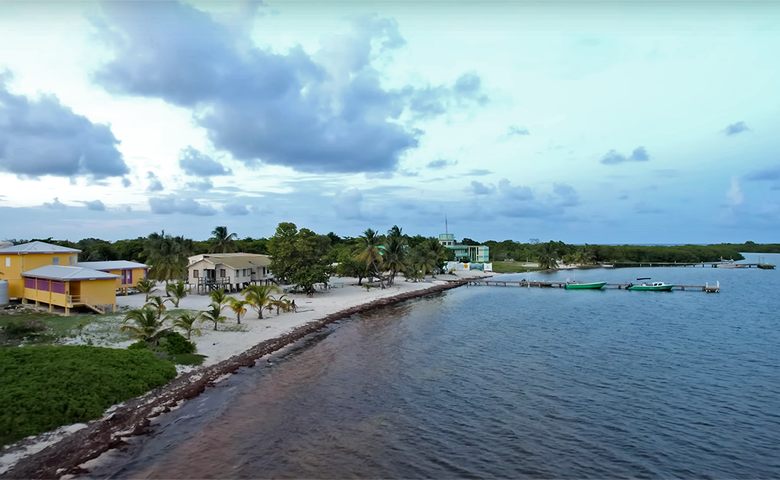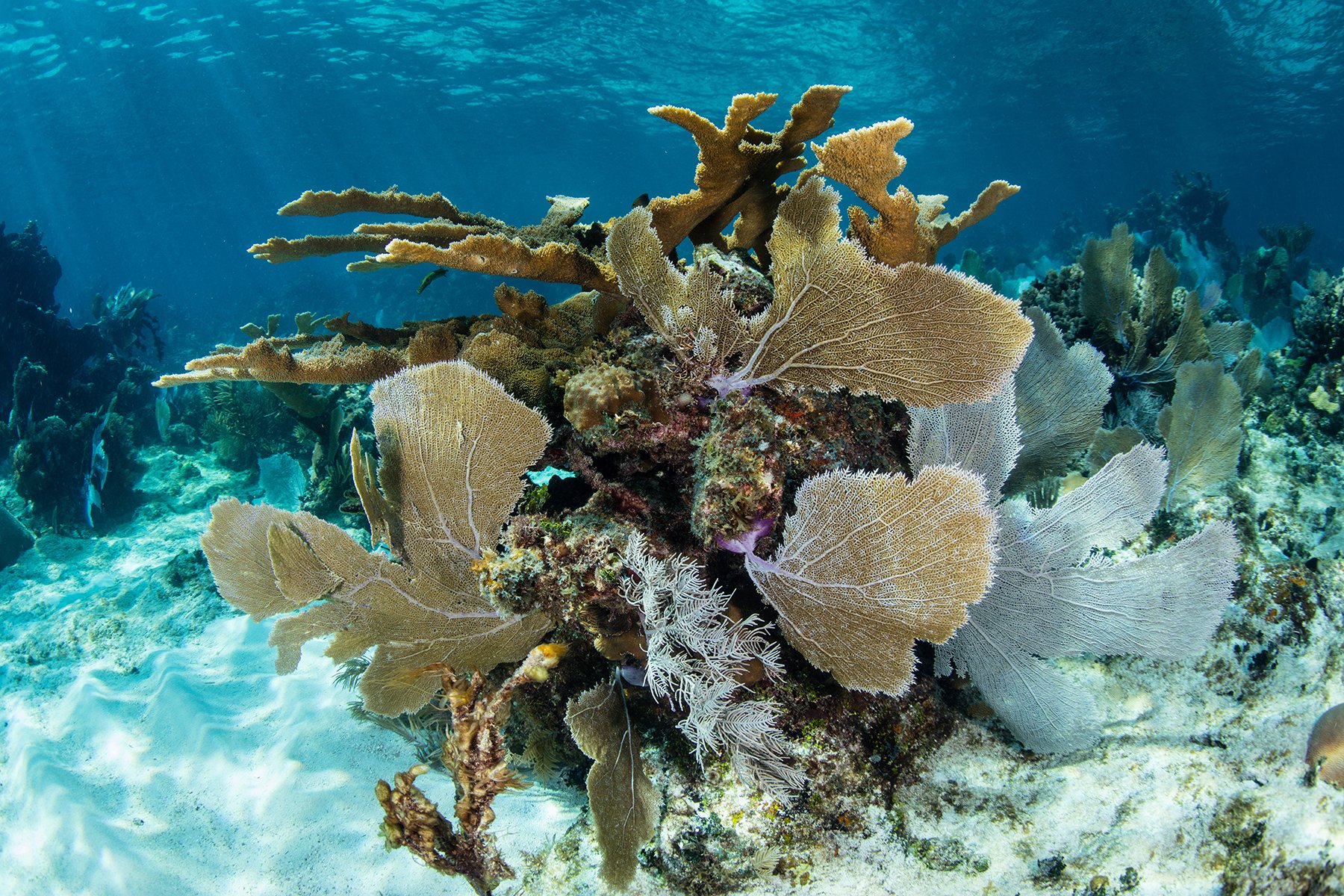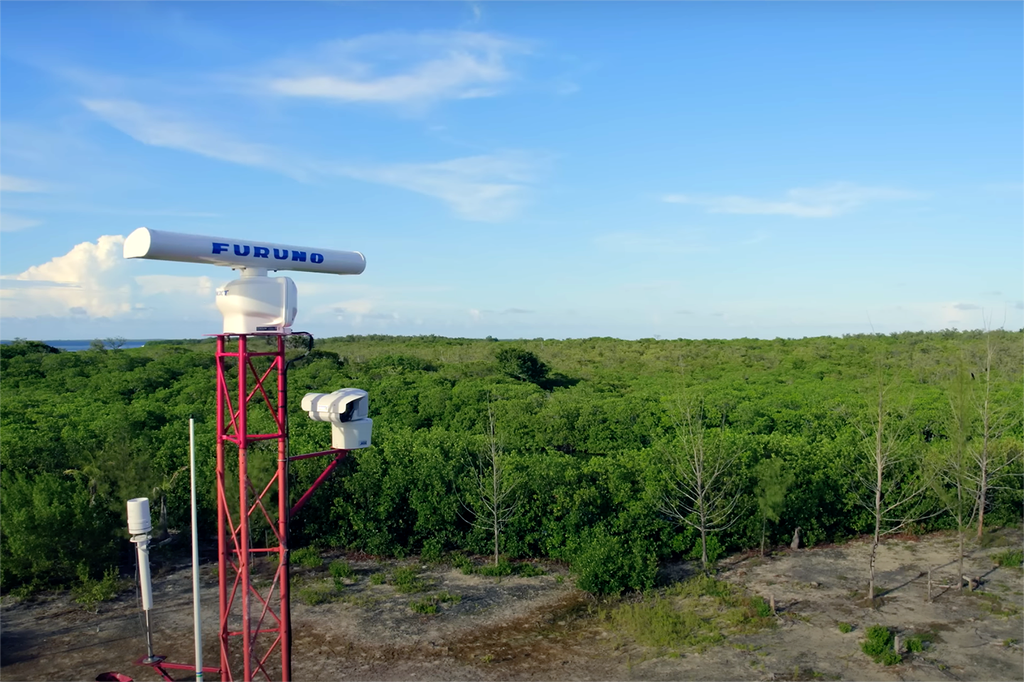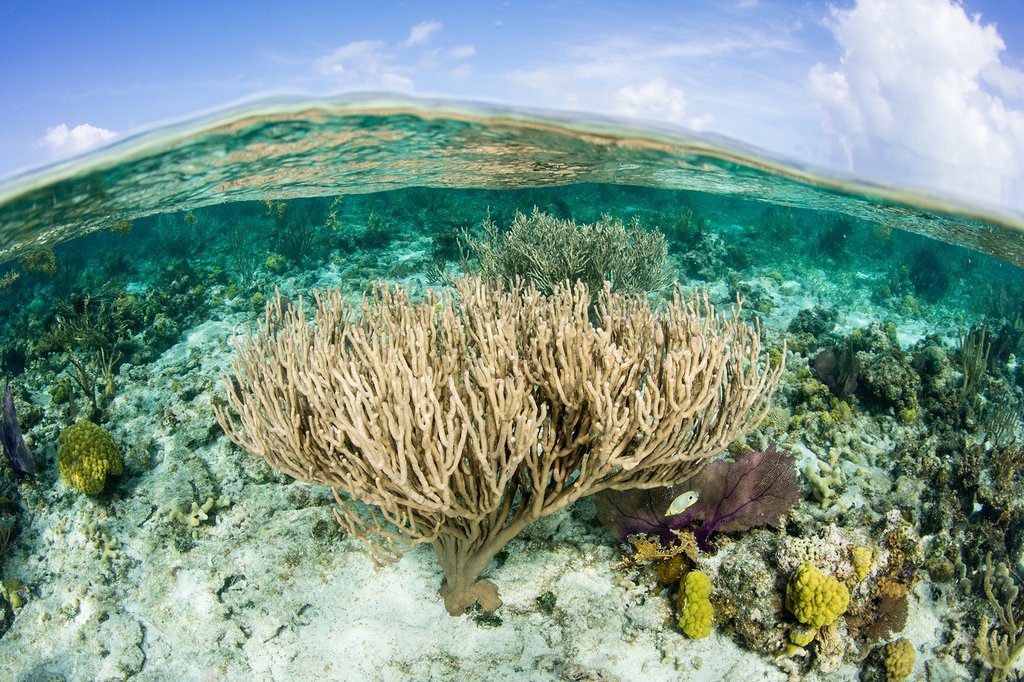Turneffe Atoll Marine Reserve, Belize
OVERVIEW
Turneffe is the largest atoll in the Mesoamerican Reef and the largest marine reserve in Belize. This Marine Protected Area, or MPA, is facing serious threats as the ten-year old TASA implements Global Conservation's Global Park Defense, a test-proven methodology for protecting the world's most vulnerable national parks, UNESCO World Heritage Sites and marine reserves
Introduction
Turneffe Atoll is the largest atoll in the Mesoamerican Reef and the largest marine reserve in Belize. This Marine Protected Area, or MPA, is facing serious threats as the ten-year-old TASA implements Global Conservation's Global Park Defense, a test-proven methodology for protecting the world's most vulnerable national parks, UNESCO World Heritage Sites, and marine reserves.
A land and seascape consisting of a network of highly productive flats, creeks, and lagoons dotted by more than 150 mangrove islands, Turneffe Atoll in Belize is home to more than 500 species of fish, 65 species of stony corals, sea turtles, manatees, dolphins, seabirds, and other wildlife. This is one of the most important and pristine marine ecosystems in the Mesoamerican Reef, and also serves as a model for other coastal and island MPAs.
Its diverse marine and terrestrial ecosystems are considered outstanding globally. Surrounded by deep ocean, most coastal and marine ecosystems are well represented, with seven broad ecosystems and thirteen fine ecosystems identified and mapped.
Turneffe is an excellent example of the high degree of ecosystem interconnectivity that is key for healthy, productive reef systems, with reefs, seagrass, and mangroves all growing in close proximity.
Within the conservation zone of the Marine Reserve, commercial fishing is not allowed. No-take recreational activities, such as snorkeling, SCUBA diving, and kayaking, are permitted within this zone. Sport fishing is allowed, but only with a valid license and only as catch and release.
The Turneffe Atoll Sustainability Association (TASA) was formed by Turneffe Atoll stakeholders in 2012. TASA was incorporated under Chapter 250 of the Substantive Laws of Belize for the purpose of co-managing the Turneffe Atoll Marine Reserve (TAMR) and was designated to serve in that capacity in October 2013. In November 2016, TASA was registered under the Non-Governmental Organization Act. The primary goal of TASA is to promote the sustainable use and conservation of the TAMR through the management of natural resources, education and outreach, and scientific studies.
The project's goals are to advance the protection of biodiversity, contribute to sustainable fisheries in the Turneffe Atoll Marine Reserve (TAMR), and contribute to a proof of concept in one MPA for securing ecosystems and building economic resilience.
The Turneffe Atoll Sustainability Association (TASA) is piloting a blended finance and adaptive management model as a new approach to Marine Protected Areas management. This model takes a sustainable development approach where several income streams, including donor funds, visitor contributions, and an impact investment, are combined to obtain financial, environmental (biodiversity), and social returns on investment.
The purpose of this proposed 24-month project is to harness digital technology to enhance the management effectiveness of TAMR. With the recent expansion of the replenishment zones of the TAMR, this project will protect biodiversity and ensure sustainable fisheries management as key milestones and commitments of the Belize Blue Bonds.
It will contribute to at least two BFSF strategic objectives:
1.
Protection for Biodiversity
2.
Sustainable Fisheries
It is aligned with and contributes to the newly developed management plan for TAMR, the National Fisheries Policy & Plan, and the multispecies finfish management plan for Belize.
The Caye Bokel Conservation Area is part of the larger Turneffe Atoll Marine Reserve, designated in 2012 to improve management of local resources.
Located 50 kilometers east of the central coastline of Belize in the Mesoamerican Reef region, there is little development on the atoll. Tourism directly benefits the larger economy of Belize, and fishing has significant social value for nearby communities. Fishing with the appropriate license and permitted gear is allowed in the majority of the reserve, but smaller zones prohibit extractive fishing. In the Caye Bokel Conservation Area, catch and release sport fishing is allowed with a valid license, and one traditional fisher is allowed to extract lobster, subject to catch limits and sharing catch data with management. Within the conservation area, there is a multi-species spawning aggregation site critical for sustaining commercial fish species where all fishing is fully prohibited.


